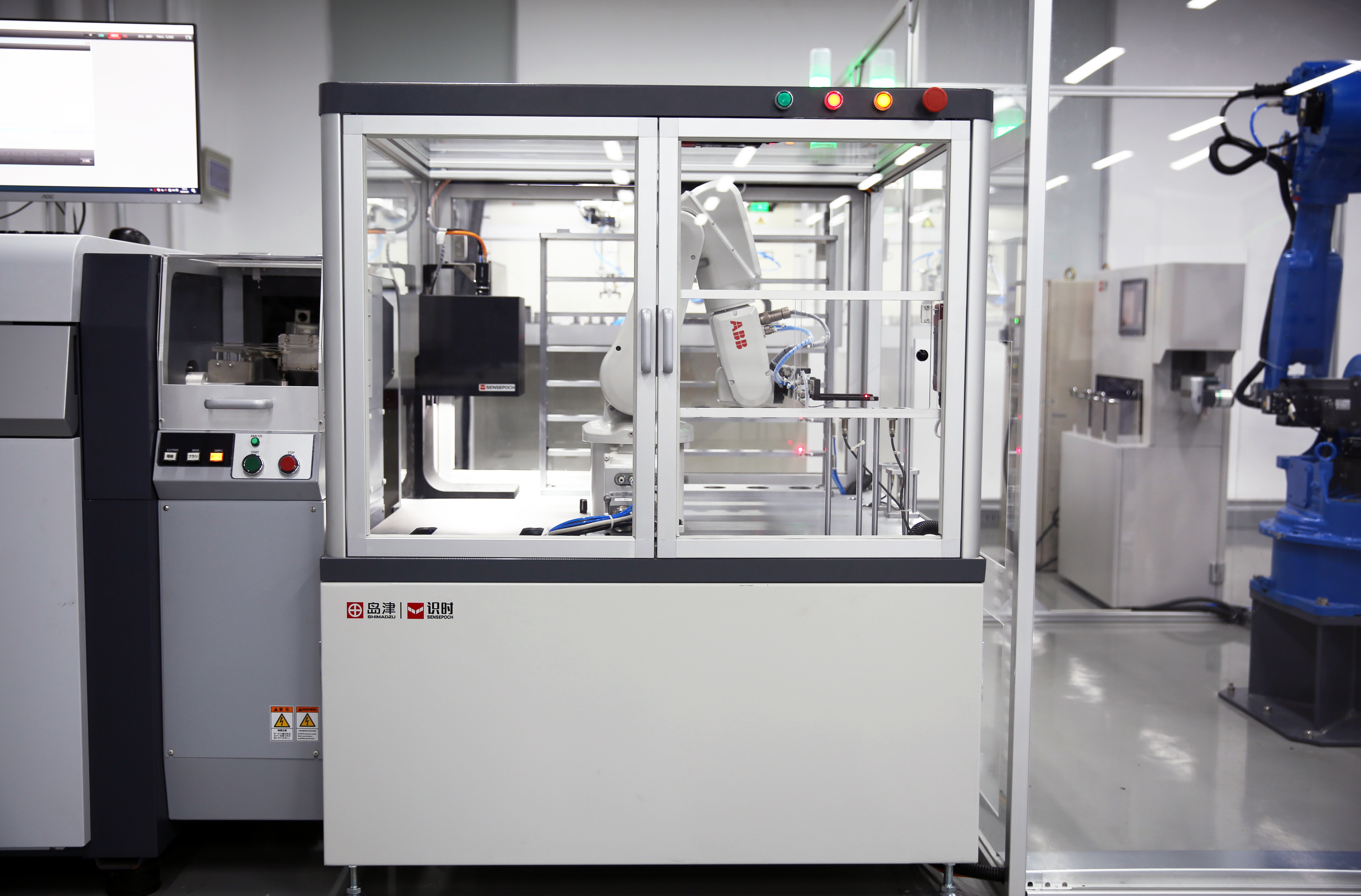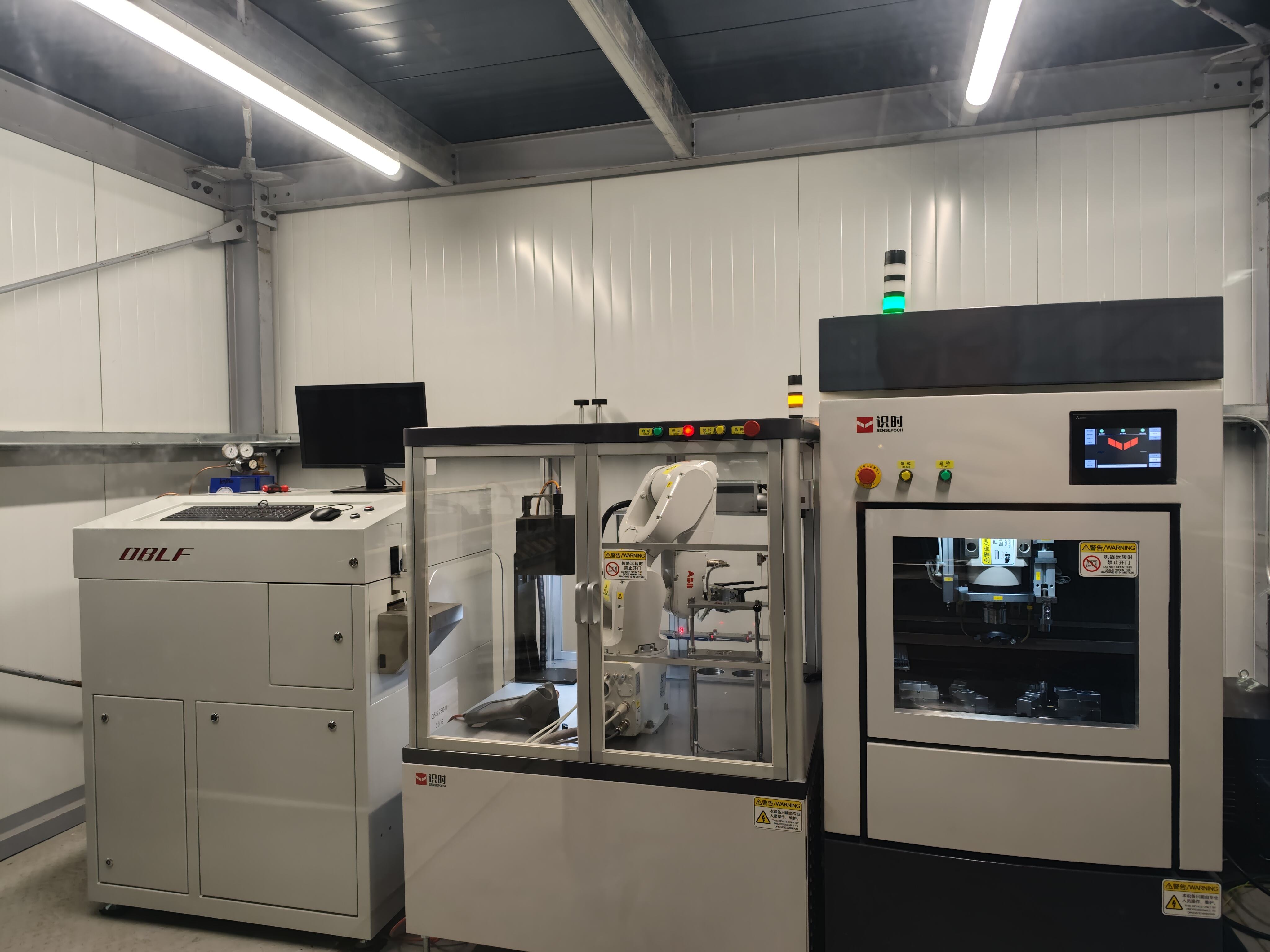atomic spectrophotometer
An atomic spectrophotometer is a sophisticated analytical instrument that measures the concentrations of elements in samples by analyzing their atomic spectra. This advanced technology operates by exciting atoms with high-energy light sources, causing them to emit or absorb light at specific wavelengths unique to each element. The instrument consists of several key components: a light source, an atomizer, a monochromator, a detector, and a data processing system. The sample is first atomized using either flame or graphite furnace techniques, converting it into free atoms. These atoms then interact with light from the source, creating characteristic spectral patterns. The monochromator isolates specific wavelengths of interest, while the detector measures the intensity of the transmitted or absorbed light. Modern atomic spectrophotometers feature high sensitivity, capable of detecting elements at parts per billion levels, making them invaluable in various fields including environmental monitoring, pharmaceutical analysis, food safety testing, and materials science. The instrument's precision and accuracy make it essential for quality control in industrial processes, research laboratories, and regulatory compliance testing. Advanced models incorporate automated sample handling systems and sophisticated software for data analysis and interpretation.


